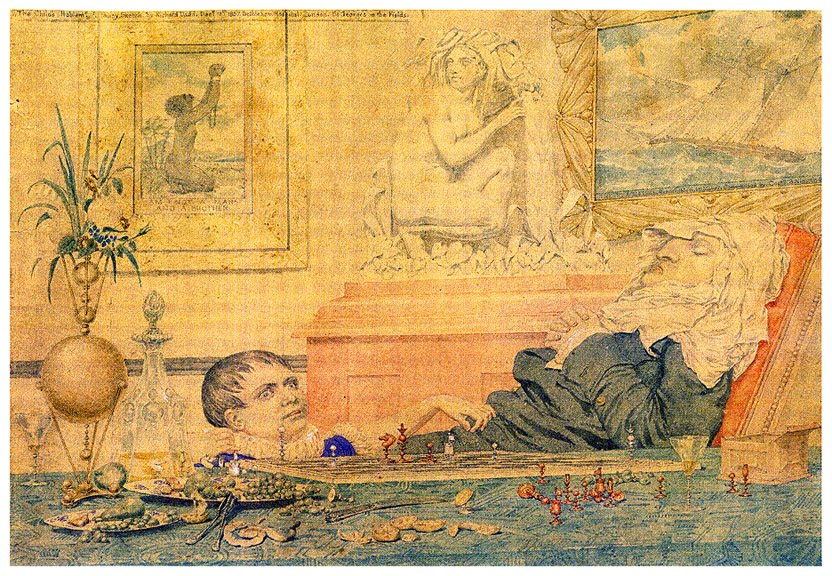While the 2011 collection A Book of Horrors isn’t quite the dramatic return to “classic” horror that editor Stephen Jones calls for in his introduction–one where he all but calls readers idiots for favoring “such genre categories as ‘paranormal romance’, ‘urban fantasy’, ‘literary mash-up’ or even ‘steampunk’” over horror–it’s still a perfectly good collection and far less hit-and-miss than others I’ve read.
The fifteen stories cover a typical mix of styles, with King’s intro piece “The Little Green God of Agony” being a traditional monster mash that is mostly build-up but the preamble to the inevitable attack, complete with lightning cracking in the background and the power going out, is good enough to overcome the conventional ending.
The two longer pieces are both standouts, with Elizabeth Hand’s “Near Zennor” neatly weaving together the loss of a loved one, events three decades past and n unsettled present filled with lingering mystery, a sense of dislocation and possibly things lurking in the dark. There are some good chills as the protagonist visits the English homestead of his recently deceased wife and ends up under a burial mound that threatens to claim him as its latest internee. Some might complain that not much actually happens and there’s no traditional resolution as such but this is a good example of the journey taken being interesting all on its own.
The other long piece is “A Child’s Problem”, inspired by the painting by the 1857 painting by Richard Dadd as seen here:
Dig the look on that kid’s face.
Author Reggie Oliver spins the scene into a tale of self-inflicted revenge, as a boy staying with his authoritarian uncle is challenged to find certain artifacts on the estate, things that the uncle may later wish may have been best left alone. Set in the early 19th century, Oliver does a fine job in capturing the flavor and language of the era without it coming across as arch or artificial. The boy, young George St Maur, is initially timid, at times frightened by his strict, intolerant uncle but in the end matches him with his own bluster and cunningly turns the tables on him, with appropriately gruesome results.
Ramsey Campbell’s “Getting it Wrong”, a dark twist on quiz shows that offer helplines like Who Wants to be a Millionaire? would fit nicely in any revival of The Twilight Zone. It’s also a cautionary tale on being a deliberate jerk. If everyone posting juvenile, insulting comments on the web suffered the same consequences as the story’s too-clever-for-his-own-good protagonist, the web would be…a little more polite. Let’s be realistic, even knowing the consequences, some people will still be jerks.
Robert Shearman’s “Alice Through the Plastic Sheet” is an odd, funny and at times gag-inducing take on dealing with noisy neighbors in suburbia, with a vibe halfway between the off-kilter feel of the mannequin episode of the original Twilight Zone and something more darkly comedic.
While the collection is a less horrifying than the title suggests, there’s enough here to please most horror fans. Those expecting monsters, gruesome deaths and terrifying sights in every story may be less satisfied.
